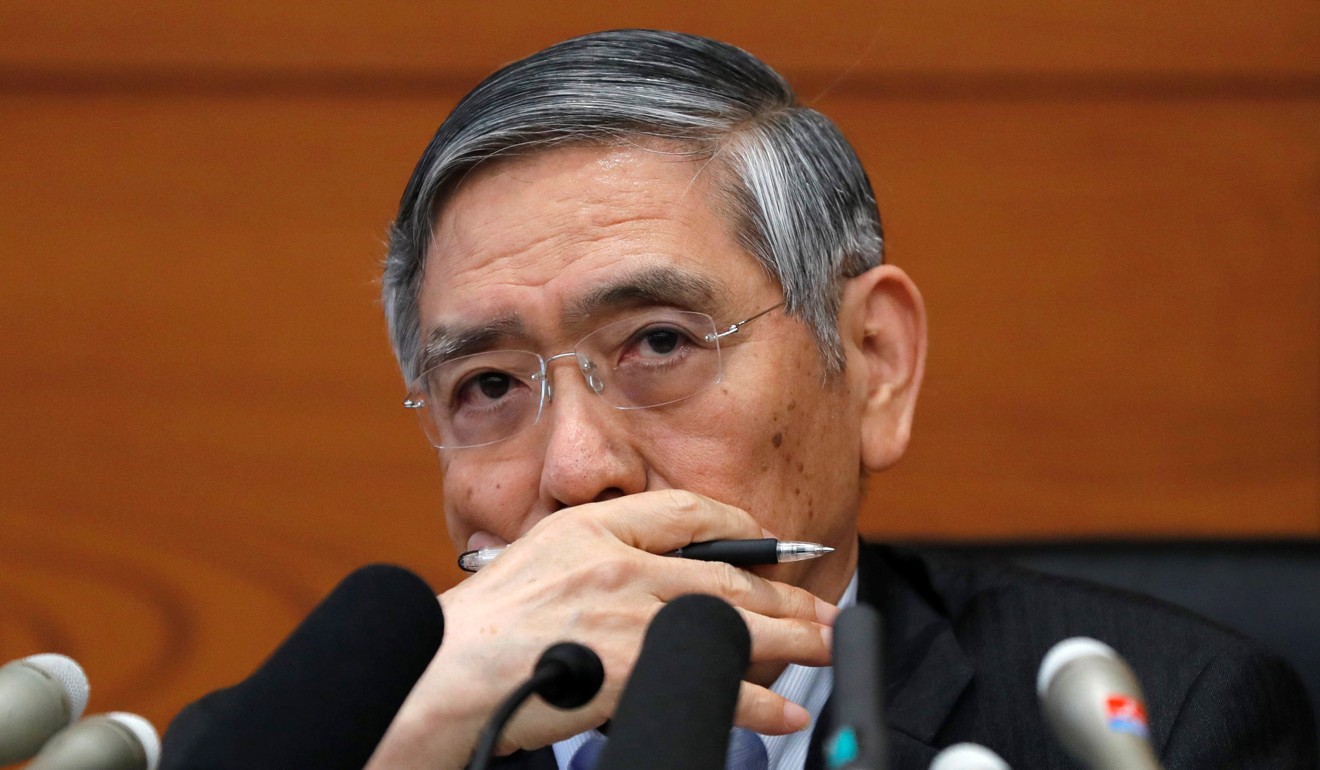
Why the Japanese yen’s prospects continue to be rosy and there is little policymakers can do about it
- Neal Kimberley says worries about the US-China trade war are fuelling demand for the yen, strengthening the currency to Japanese exporters’ dismay
- Meanwhile, China’s looser monetary policy at a time when other central banks are tightening their belts underpins the drop in the yuan’s value
Failure to incorporate a currency hedge would leave a Japanese investor exposed if the yen then rose against the US dollar. The benefits in yen terms of locking into a higher US yield would be eroded, or even cancelled out, by the fall in the greenback’s value.
Of course, a Japanese investor could seek to hedge such a currency risk but, as Mitsubishi UFJ Morgan Stanley Securities (MUMSS) pointed out last week, those hedging costs have surged recently, “reflecting even greater demand for [US] dollars”. “Towards the end of September, costs had surged above 3 per cent … At this level, a currency-hedged investment in US bonds could hardly be considered enticing,” MUMSS wrote. “Although long-term US Treasury yields have topped 3 per cent, after hedging costs are deducted they are effectively on a par with (or even lower than) yields on long-term Japanese government bonds.”

A Japanese investor could still proceed on an unhedged basis, accepting the currency risk, but would need to believe that the yen would either be stable or weaken versus the greenback. Such an argument might currently be hard to make.
The US-China trade war has led to greater economic uncertainty and a contraction in risk appetite among investors. In such circumstances, the currency market historically ascribes safe haven status to the yen and purchases it accordingly.
HSBC’s October Currency Outlook suspects “risk aversion will be an important contributor to capping US dollar-Japanese yen”, noting how the market “has become newly concerned about US-China trade relations, perhaps because the tensions are now occurring against a backdrop of weak global equity markets.” It additionally argues that “Italian budget concerns are also playing a role in tempering risk appetite.”

Yet the major issue supporting the notion of the yen as a safe haven is surely investor worries about the present US-China trade war.
The sight of the world’s two largest economies embroiled in a trade war, with few signs of a swift end, is hardly going to bolster global investor confidence and is very likely fuelling a degree of demand for the yen, whether Japanese exporters and Tokyo policymakers like it or not.
The yuan-yen exchange rate has generally been falling since June, with the move not just a function of the trade war itself but also of investor reaction to accompanying adjustments in China’s own monetary policy.
A looser Chinese monetary stance, when other major economies are either not currently easing policy further or, as in the Fed’s case, are actively raising rates, arguably underpins market-led yuan weakness, including versus the yen.
Japan’s exporters will be unimpressed with this yen strength but there is little Tokyo policymakers can do about it. The market appears to have calculated that the combination of a China-US trade war, and less compelling arguments for Japanese investors to seek higher US yields, support yen strength.
The prospect of warmer China-Japan ties shouldn’t affect that calculation.
Neal Kimberley is a commentator on macroeconomics and financial markets

